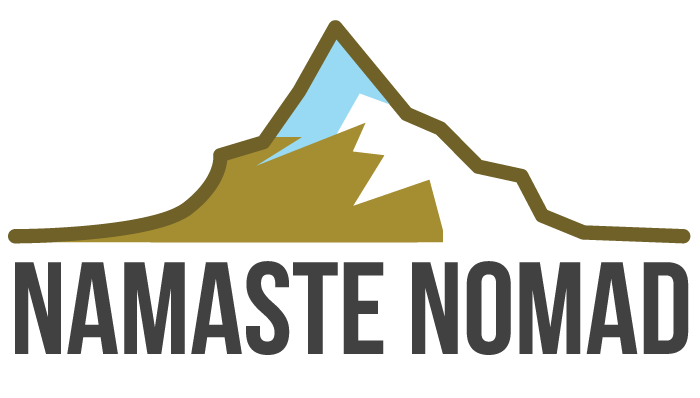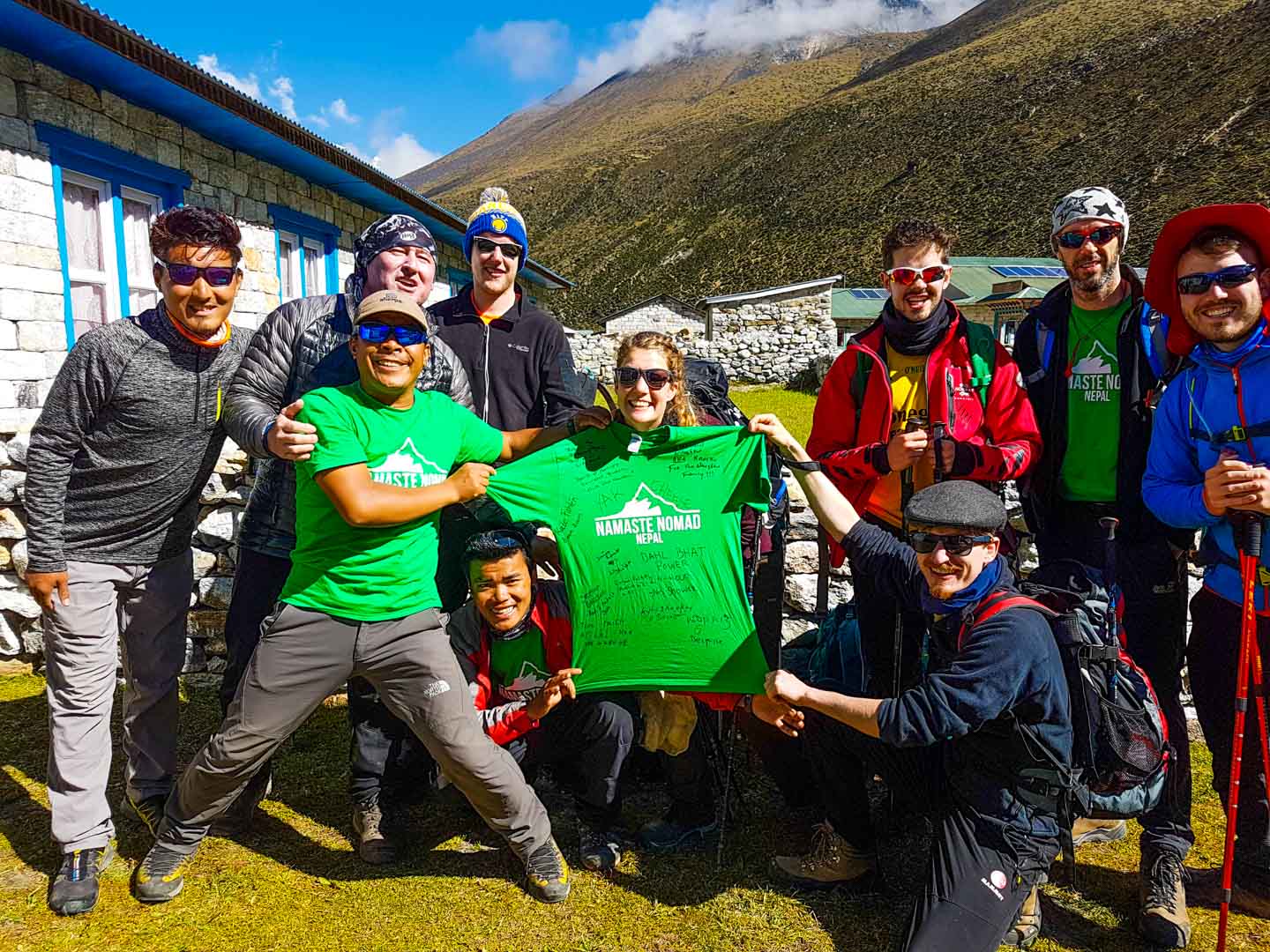Introduction
Namaste Nomad Ltd Team, Organising the Everest base camp trek in Nepal for the last 2 decades, we have taken almost 100% of people from various backgrounds and age groups successfully, we also provide logistic service for several international groups in Nepal. We offer the best price and flexible itinerary for the Everest Base Camp trek from Ireland. The Everest Base Camp (EBC) trek is a dream for many adventurers. It’s a journey that takes you through some of the world’s most breathtaking landscapes, culminating at the base of the highest mountain on Earth. Preparation is key to ensuring a safe and enjoyable trek. This guide provides detailed information on how to prepare, what to expect, and what to pack for your Everest Base Camp adventure.
Understanding the Everest Base Camp Trek
Overview of the Trek
The Everest Base Camp trek is a challenging yet rewarding journey that typically takes about 12-14 days to complete, Namaste Nomads mostly do it in 13 days with proper acclimatization, depending on your pace. The trek starts from Lukla, a small town in the Khumbu region of Nepal, and winds through picturesque villages, lush forests, and rugged terrain before reaching the base camp at an altitude of 5,364 meters (17,598 feet).
Best Time to Trek
The best time to trek to Everest Base Camp is during the pre-monsoon (spring) and post-monsoon (autumn) seasons, however, we also organise privet groups in off off-season.
- Spring (March to May): This is the most popular time to trek, with stable weather and blooming rhododendrons adding colour to the landscape.
- Autumn (September to November): This season offers clear skies and stunning views, making it another ideal time for the trek.
Physical and Mental Preparation
Trekking to Everest Base Camp requires a good level of physical fitness and mental resilience. Here are some tips to help you prepare:
- Cardiovascular Training: Engage in activities like gentle walking, hiking a few miles 2-3 days a week with a bag pack, cycling, and swimming to build stamina.
- Strength Training: Focus on leg strength with exercises like squats, lunges, and step-ups.
- Hiking Practice: Go on hikes with a loaded backpack to simulate trekking conditions.
- Mental Preparation: Develop a positive mindset and practice mental resilience techniques such as meditation and practice slow breathing.
- Practics Eat whole grains, veggies, rice and pulses
Packing List for the Everest Base Camp Trek
Packing the right gear is crucial for a successful trek. Here’s a detailed packing list to ensure you’re well-prepared for the journey.
Clothing
Base Layers
- Thermal Tops and Bottoms: Essential for warmth during cold nights.
- Moisture-Wicking Shirts: Quick-drying shirts to keep you dry and comfortable.
- Fleece Jacket: Provides insulation and warmth.
Outer Layers
- Down Jacket: A high-quality down jacket for extreme cold.
- Waterproof Jacket and Pants: Essential for protection against rain and snow.
Lower Body
- Trekking Pants: Comfortable and breathable trekking pants.
- Thermal Leggings: For added warmth.
Footwear
- Hiking Boots: Sturdy, waterproof, and broken-in hiking boots.
- Gaiters: To protect against mud, snow, and debris.
- Trekking Socks: High-quality, moisture-wicking socks.
- Camp Shoes: Lightweight shoes for relaxing in the evenings.
Accessories
- Warm Hat and Gloves: Essential for cold weather.
- Sun Hat and Sunglasses: Protection against the strong mountain sun.
- Buff or Neck Gaiter: For added warmth and protection against dust.
Equipment
Backpack
- Daypack (20-30L): For carrying essentials during the day.
- Duffel Bag (50-70L): For the rest of your gear, carried by porters. ( Namaste Nomad provide that)
Sleeping Gear
- Sleeping Bag: Rated for -10°C (14°F) or lower.
- Sleeping Bag Liner: Adds extra warmth and comfort.
Trekking Poles
- Adjustable Trekking Poles: Helps reduce impact on knees and provides stability.
Hydration
- Water Bottles: Durable bottles for carrying water.
- Water Purification Tablets or Filter: Ensures safe drinking water.
Navigation and Communication
- Map and Compass: Not required
- Guidebook: not required
- Mobile Phone and Power Bank: For communication and emergencies.
Personal Items
Toiletries( most of it you can buy along the way too and also in Kathmandu)
- Toothbrush and Toothpaste: Basic hygiene essentials.
- Wet Wipes: Useful for quick cleaning.
- Biodegradable Soap and Shampoo: Environmentally friendly options.
- Sunscreen and Lip Balm: High SPF protection against the sun.
- Towel: Quick-drying and lightweight.
First Aid Kit
- Basic Medications: Pain relievers, antibiotics, and altitude sickness medication.
- Band-Aids and Blister Plasters: For minor injuries.
- Antiseptic Cream and Hand Sanitizer: For hygiene and wound care.
Personal Hygiene
- Sanitary Supplies: For female trekkers.
- Toilet Paper: Essential for the trek.
Miscellaneous
- Headlamp with Extra Batteries: For navigating in the dark.
- Multi-tool or Knife: Not needed
- Ziplock Bags: For organizing and waterproofing items.
- Notebook and Pen: For journaling and notes.
- Snacks: Energy bars, nuts, and dried fruits. ( can get in Nepal)
Preparing for Altitude
Understanding Altitude Sickness
Altitude sickness, or Acute Mountain Sickness (AMS), can affect anyone trekking above 2,500 meters (8,200 feet). Symptoms include headaches, nausea, dizziness, and shortness of breath. Severe cases can lead to High Altitude Pulmonary Edema (HAPE) or High Altitude Cerebral Edema (HACE), which are life-threatening.
Preventing Altitude Sickness
- Acclimatization: Gradual ascent with rest days to allow your body to adjust.
- Hydration: Drink plenty of water to stay hydrated.
- Diet: Eat a high-calorie diet to maintain energy levels mostly local food,
- *Avoid Meat and dairy
- Medication: Consult your doctor about Diamox or other medications to prevent AMS.
- Listen to Your Body: Descend if symptoms worsen.
On the Trek
Accommodation and Food
Teahouses
- Accommodation: Basic lodges offering rooms with twin beds.
- Facilities: Shared bathrooms, dining areas, and sometimes hot showers.
- Food: A variety of meals, including local and international cuisine.
Meals
- Breakfast: Typically includes porridge, eggs, toast, and tea or coffee.
- Lunch and Dinner: Dal Bhat (rice and lentils), noodles, pasta, and momo (dumplings).
- Snacks: Energy bars, chocolates, and dried fruits.
Namaste Nomad Tea does not recommend clients meat and dairy on the way up to base camp, on the way down they may try, there are high chances of getting sick from contaminated meat and outdated powdered milk.
Safety Tips
Guide and Porter
- Guide: Knowledgeable about the route, culture, and safety measures.
- Sherpa to lead and assist clients.
- Porter: Carries your duffel bag, allowing you to trek with a lighter load.
Staying Healthy
- Hygiene: Use hand sanitiser regularly and avoid uncooked food.
- Hydration: Drink purified or boiled water. ( please make sure to bring your water bottle down for recycling)
- Pacing: Walk at a steady pace to conserve energy.

With Every booking namaste, Nomad Ltd provides details information for packing and preparing before the trek, also you may research. For a Nepali Visa please check here.



